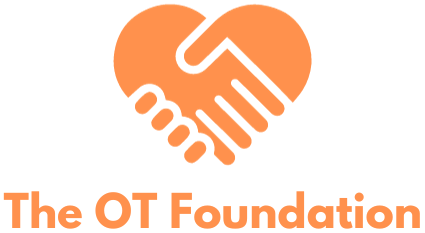The global challenge of homelessness is one that demands innovative solutions. As technology continues to advance, the integration of Artificial Intelligence (AI) and robotics is emerging as a transformative force in addressing this pressing issue. In this blog post, we explore the potential of AI and robotics in revolutionizing home construction, offering a glimpse into a future where technology plays a pivotal role in providing shelter for those in need.
- Efficient Construction with Robotics: Traditional construction methods often face challenges such as high costs and time-intensive processes. Robotics, equipped with precision and efficiency, can significantly reduce construction timelines. Automated systems can assemble building components, lay bricks, and perform tasks that traditionally required extensive manual labor. This efficiency not only lowers construction costs but also accelerates the delivery of much-needed housing.
- AI-Driven Design and Planning: AI excels in data analysis and pattern recognition, making it an invaluable tool in the design and planning phases of construction. By analyzing geographical and environmental factors, AI can optimize architectural designs for energy efficiency and sustainability. Additionally, machine learning algorithms can adapt designs based on local needs and preferences, ensuring that homes are not just structures but tailored living spaces.
- Cost Reduction for Affordable Housing: The use of AI and robotics in construction can contribute to the creation of affordable housing solutions. Automation reduces labor costs and increases overall construction efficiency, making it possible to provide cost-effective housing options. This is particularly crucial for addressing homelessness, where affordability is a key factor in ensuring widespread access to shelter.
- Customization for Diverse Needs: Homelessness is a multifaceted issue, and the housing solutions must be adaptable to various needs. AI enables customization by learning from data and user preferences. Smart homes, equipped with AI-driven systems, can be tailored to accommodate diverse requirements, such as accessibility features for individuals with disabilities or preferences for sustainable living.
- Remote Construction Monitoring: AI-powered systems enable real-time monitoring of construction sites, even from a remote location. This not only enhances safety and security but also allows for better project management. The ability to monitor construction progress remotely facilitates more efficient resource allocation and ensures that projects stay on schedule.
- Addressing Urban Housing Challenges: In densely populated urban areas, where homelessness often concentrates, the efficient use of space is critical. AI can optimize urban planning and construction to maximize living spaces within limited areas. This is particularly relevant for addressing homelessness in cities, where space constraints pose significant challenges to housing initiatives.
Conclusion:
The integration of AI and robotics in home construction is more than a technological advancement; it represents a beacon of hope for addressing homelessness and housing challenges globally. As we embrace the potential of these technologies, we move closer to a future where everyone has a place to call home. By harnessing the power of innovation, we can build not just structures but the foundation for a more inclusive and compassionate society. The journey toward ending homelessness is evolving, and AI and robotics are shaping the path to a better, more sustainable future.

